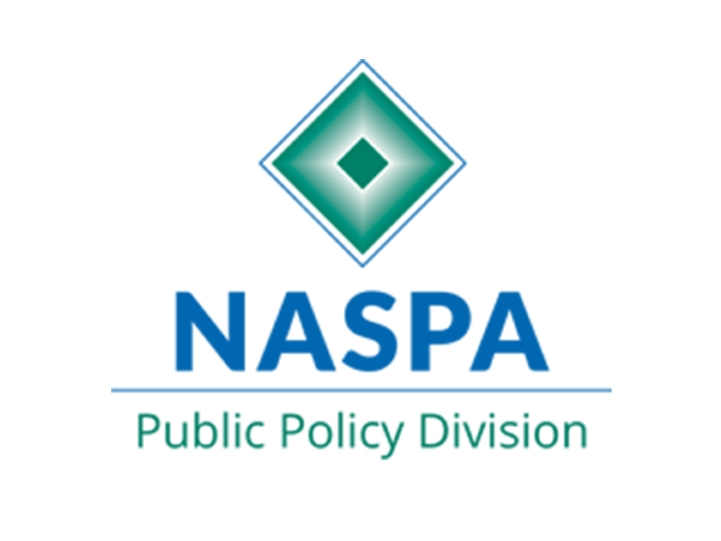
Free Community College: A Dream Yet Again Deferred
November 9, 2021
"What happens to a dream deferred? Does it dry up like a raisin in the sun?"
from "Harlem" by Langston Hughes
As of the writing of this post, President Biden's free community college program has been cut from his Build Back Better plan, a broad-ranging spending package that includes many of his public policy plans laid out during his campaign. The free community college plan, first conceived in 2015 during the Obama administration as the America's College Promise plan (Granville, 2021), is designed to provide grants to states to provide community college education to students free of tuition and fees. The program was designed to do this through a funding formula based on the national median cost of resident tuition and fees for community college students attending at least part-time. The funding would have been part of a 5-year cycle that would have begun in Fiscal Year (FY) 2024. The federal government would provide 100 percent of the funding in the first year and tapered the funding down to 80 percent in FY 2028. States would be required to pay for the remainder of the cost within their state budget and would also be required to maintain their current funding for higher education, including public 4-years and need-based financial aid programs (Granville, 2021).
While this plan will most likely not be included in the Build Back Better plan, Biden has indicated he is still committed to supporting community colleges as promised on the campaign trail.
"I don't know of any major change in American public policy that's occurred by a single piece of legislation," Biden said. "I doubt whether we'll get the entire funding for community colleges, but I'm not going to give up on community colleges as long as I'm president (Nadworny, 2021). Biden views support for community colleges as having many benefits. First, as a racial justice initiative to right the inequities in higher education for Black and Latinx students who graduate at lower rates than white students. However, those who do graduate are more likely than not to have attended a community college (Binkley,2021). Recovering from the pandemic is also a priority, as it has more greatly affected community college students dealing with childcare issues, job loss and financial struggles (Binkley,2021). Finally, the pandemic has highlighted the need for targeted support for this sector of education with community colleges seeing a 10% decline in enrollment compared to 1% for 4-year institutions (Binkley,2021).
So, what's next for Biden's free community college plan? With apparent opposition within his own party, within the Republican Party, and from competing sectors within education, where does the future of free community college lie? Are state-based free community college programs, like that of Tennessee and 15 other states, many of which are programs known as "last dollar scholarships," which cover any tuition and fees not covered by financial aid, where this idea will continue to live? Or, as some opponents of the free community college plan argue, would we be better served to increase the Pell Grant, allowing students to attend community colleges at little or no cost, or if they prefer, apply these funds to 4-year colleges? This idea has a lot of traction both with the 4-year college lobby and with legislators who are themselves usually 4-year college graduates and may not be as familiar with community colleges. Given that 30% of community college students go on to pursue bachelor's degrees (Community College Research Center, n.d), the idea that support for community colleges doesn't support higher education, in general, is possibly short-sighted.
Maybe it's time to embrace the idea that "a rising tide lifts all ships" and that the increase of students entering community college if it were free could be a net benefit for all institutions of higher education. The benefits to the US economy should also not be lost on us. The future of the American workforce will require a variety of post-secondary education opportunities, and community colleges are most likely to provide the technical/vocational/career education that these jobs will need. Community colleges are positioned to be nimble and responsive to these needs, working with employers to quickly scale up workforce training programs, quickly adapting to changes in existing industries, or foreseeing the need for workers for emerging industries. And, importantly, doing this in a relatively low cost, highly accessible manner, which can be more challenging at 4-year institutions.
Will the dream of free community college ever be realized, or as Langston Hughes wrote will the dream deferred dry up like a raisin in the sun? Will it continue to be a political hot button issue, or at least a bargaining chip, inside Biden's own party? Will it even see the light of day again during the Biden administration? Or, will it continue to be the dream deferred for millions of Americans who stand to benefit? With so many essential questions to answer, this is a topic to keep a close eye on for the foreseeable future.
References
1: Granville, P. (2021, September 22) “ Congress’s Free Community College Plan Could Benefit 8 Million Students, with the Right Funding Formula”. The Century Foundation. Retrieved from: https://tcf.org/content/report/congresss-free-community-college-plan-benefit-8-million-students-right-funding-formula
2: Nadworny,E. (2021, October 20) “White House drops free community college from its spending bill”. NPR. Retrieved from: https://www.npr.org/2021/10/20/1047609415/white-house-drops-free-community-college-from-its-spending-bill
3. Binkley, C. (2021, October 22) “Free community college expected to be cut from spending bill” ABC News. Retrieved from:
https://abcnews.go.com/Politics/wireStory/free-community-college-expected-cut-spending-bill-80729272
4. Community College Research Center (n.d) Community college FAQs. Retrieved October 29,2021 from https://ccrc.tc.columbia.edu/Community-College-FAQs.html